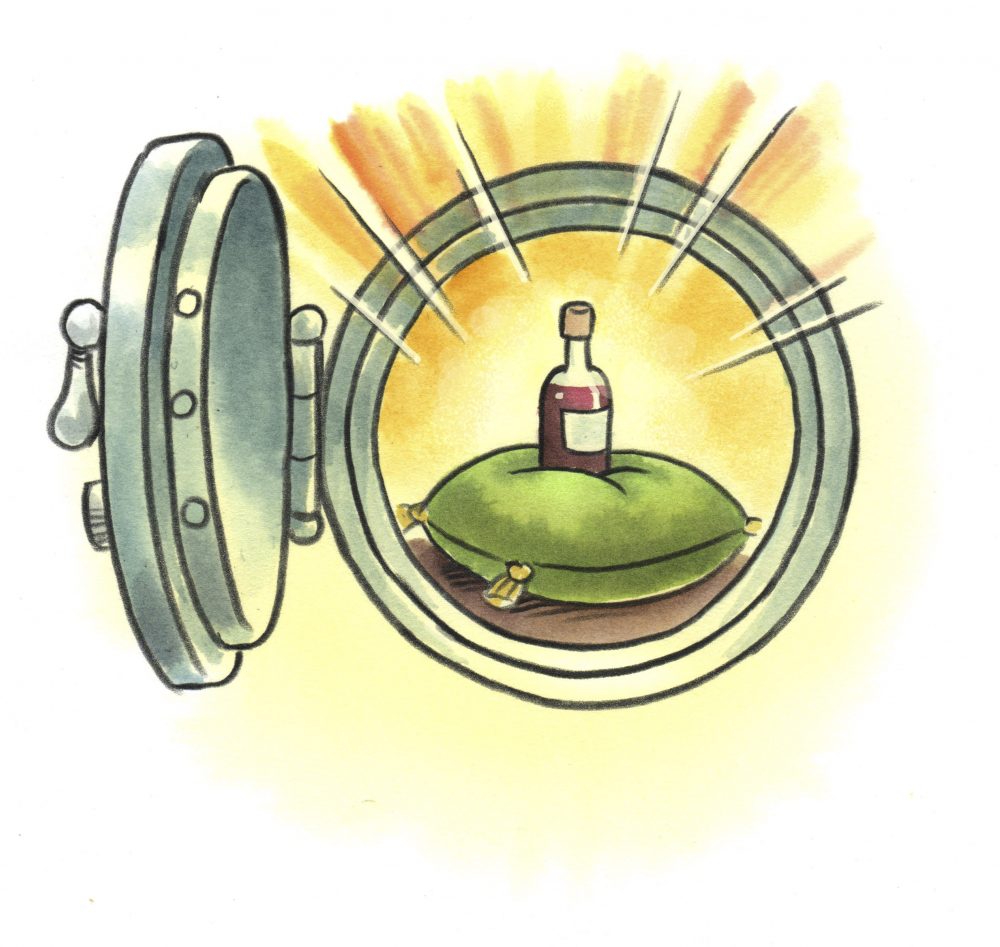
Best Bets for Balsamic
After tasting a $100 bottle of balsamic vinegar, Zach Stednick, of Seattle, was inspired to upgrade his pantry. He asked for tips on finding a high-quality everyday balsamic at an affordable price.
Navigating the world of balsamic vinegar can be tricky. Quality and cost range widely. At the top of the heap is traditional balsamic vinegar, or aceto balsamico tradizionale. True balsamic is made in Emilia-Romagna using a single ingredient: concentrated grape must (a pulp of crushed grapes that includes the seeds, skins and stems) aged for at least 12 years—hence the hefty price tag. You’ll know true balsamic by its D.O.P. (Denominazione di Origine Protetta) stamp, which certifies its quality and authenticity. It is powerfully complex and should be reserved for applications that truly showcase its flavor—a drizzle over strawberries or particularly good cheese, for example. The next step down is condimento balsamico, which usually indicates balsamic that is of high quality yet does not meet D.O.P. standards. This, too, is made solely from grape must, but is aged just three to seven years. Below that is balsamic graded as I.G.P. (indicazione geografica protetta), which has looser restrictions. It’s permitted to contain additives such as thickeners or colorings, and can be aged for as little as two months. So which should you reach for? We tried 12 different supermarket balsamic vinegars, all priced under $8 per bottle. Four clear winners emerged: the I.G.P. offerings from Monari Federzoni, Lucini and Ponti, and a balsamic by Ariston. These had a fruity sweetness and balanced acidity, making them perfect for dressings and marinades, while also being tasty enough to drizzle on cheese. And it pays to read labels closely when purchasing everyday balsamic: Concentrated grape must as the primary ingredient is a reliable indicator of quality.
A Meaty Topic
At Milk Street, we’re often asked about when and how to season meat before cooking. Recently, the discussion turned to frozen meat: Does salting meat before freezing it yield a better end result?
Salt is one of the few seasonings that can penetrate meat, so we know salting it and letting it rest a bit before cooking makes a difference. But what about meat that will be frozen and stored before cooking? To test, we froze individual cuts of meat—strip steaks, bone-in chicken breasts and boneless chicken breasts—some of them salted, some of them not. The meat then was thawed overnight in the refrigerator. In general, the salted frozen meat turned out tough, stringy and bland when thawed and cooked, while the meat that was simply frozen and salted only at the time of cooking tasted just as good as fresh, never-frozen meat. So what was the problem? Salt draws moisture out of meat, but in the process of freezing, those loose water molecules crystallize and pierce the cells of the meat, affecting its texture. The ruptured cells also release more moisture. All of which results in dried-out, less appealing meat when cooked.
Easy as Pie?
Jane Ruth, of Harleysville, Pennsylvania, was hosting a large family gathering—and catering it herself. Faced with the prospect of baking enough pies to feed a crowd, she asked: How far in advance can one make a pie?
As with most baked goods or pastries, pie is best when it’s fresh-baked. But when it comes to double-crust pies, there are several options for prepping them ahead of time. One way is to freeze your pie crust. To do this, roll out the bottom crust, position it in the pie plate without trimming the edges, wrap it with plastic wrap, then set it on a baking sheet and freeze. The top crust can be rolled out and frozen flat on a parchment-lined plate. To bake, allow both crusts to thaw at room temperature until pliable but still cold, then proceed with filling and baking the pies. Double-crust pies also can be baked up to three days ahead of serving and re-warmed to freshen them up. In our testing, we found that the reheated pies lost some of their original crispness, but they still were tasty. For this approach, be sure that the fresh-baked pies have cooled completely to room temperature (this can take up to four hours). Once they’ve fully cooled, wrap them snugly in plastic wrap and refrigerate. To refresh them, heat at 325°F in the center of the oven until the filling is completely warmed through, 25 to 30 minutes (to prevent burning, loosely position a sheet of foil over the top of the pie as it reheats). Let the pies cool at least 10 minutes before serving—for best results, they should be allowed to cool completely before slicing. This process of heating and cooling the pie helps dry out some of the moisture the crust absorbs while in the refrigerator.




